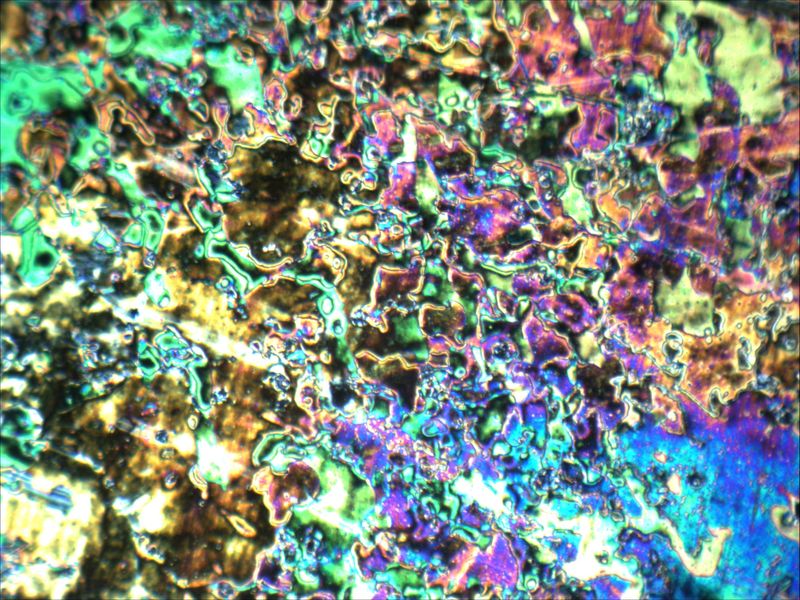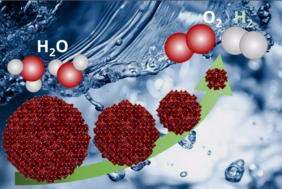In times of energy crisis, great hopes are pinned on new energy sources such as hydrogen. Hydrogen is often produced from natural gas - not a truly sustainable solution if we want to move away from fossil fuels. Another, far more sustainable way to produce hydrogen is water electrolysis - especially if the water electrolysis is powered by electricity from renewable sources to produce green hydrogen.
For water electrolysis, suitable catalysts are needed. One of the main technological hurdles is the development of stable, active, and affordable catalysts for the anodic oxygen evolution reaction (OER). The OER currently limits the hydrogen production efficiency in water electrolysis and hinders its broader industrial application. The search for suitable catalysts for the OER is however laborious, among other things because the lack of a detailed understanding of the catalyst properties hampers catalyst optimization. For instance, the size and surface structure of a catalyst may largely influence its activity. However, so far, the (near) surface structure of existing catalysts is still largely unknown and with it key catalytic properties of an ideal catalyst. Moreover, in catalyst development, the nanoparticle size is a critical parameter which minimizes the use of material. The investigation of the size-dependent properties and the catalytic function of nanoparticles can provide crucial insights into the most important properties of active catalysts.
In a current study published in Nature Energy, researchers from the group of UniSysCat member Prof. Beatriz Roldán Cuenya from FHI Berlin shed light on the size-dependent activity of oxygen-evolving CoOx(OH)y nanoparticles used as catalysts for the OER. Using operando X-ray absorption spectroscopy and density functional theory calculations, they provide quantitative insights into the near-surface structure of the CoOx(OH)y nanoparticles.
The authors revealed the size-dependent catalytic activity of the CoOx(OH)y nanoparticles down to 1 nm size and monitored also their structural adaptation to the OER conditions. They showed that smaller nanoparticles, especially those below 5 nm, catalyze water electrolysis more efficiently. In addition, structural changes of the nanoparticles were detected during the OER process, namely contraction of the near-surface Co-O bond, which depend on the size of nanoparticles. Moreover, the recent findings on the predominant surface-terminating motif in alkali water electrolysis emphasize the need to reconsider the long-held view that highly valent metal ions drive the OER.
Monitoring the evolution of the surface structure during catalytic process is highly desirable - as the current study underlines. The current insights into the catalytic function and properties of the catalyst at work contribute significantly to refining our understanding of the OER - a prerequisite for improved knowledge-based catalyst design and thus for more efficient hydrogen production.
This study has been published as an Open Access paper in Nature Energy: F. T. Haase, A. Bergmann, T. E. Jones, J. Timoshenko, A. Herzog, H. S. Jeon, C. Rettenmeier, B. Roldán Cuenya, Size effects and active state formation of cobalt oxide nanoparticles during the oxygen evolution reaction. Nature Energy, 7, 765–773 (2022). https://doi.org/10.1038/s41560-022-01083-w



